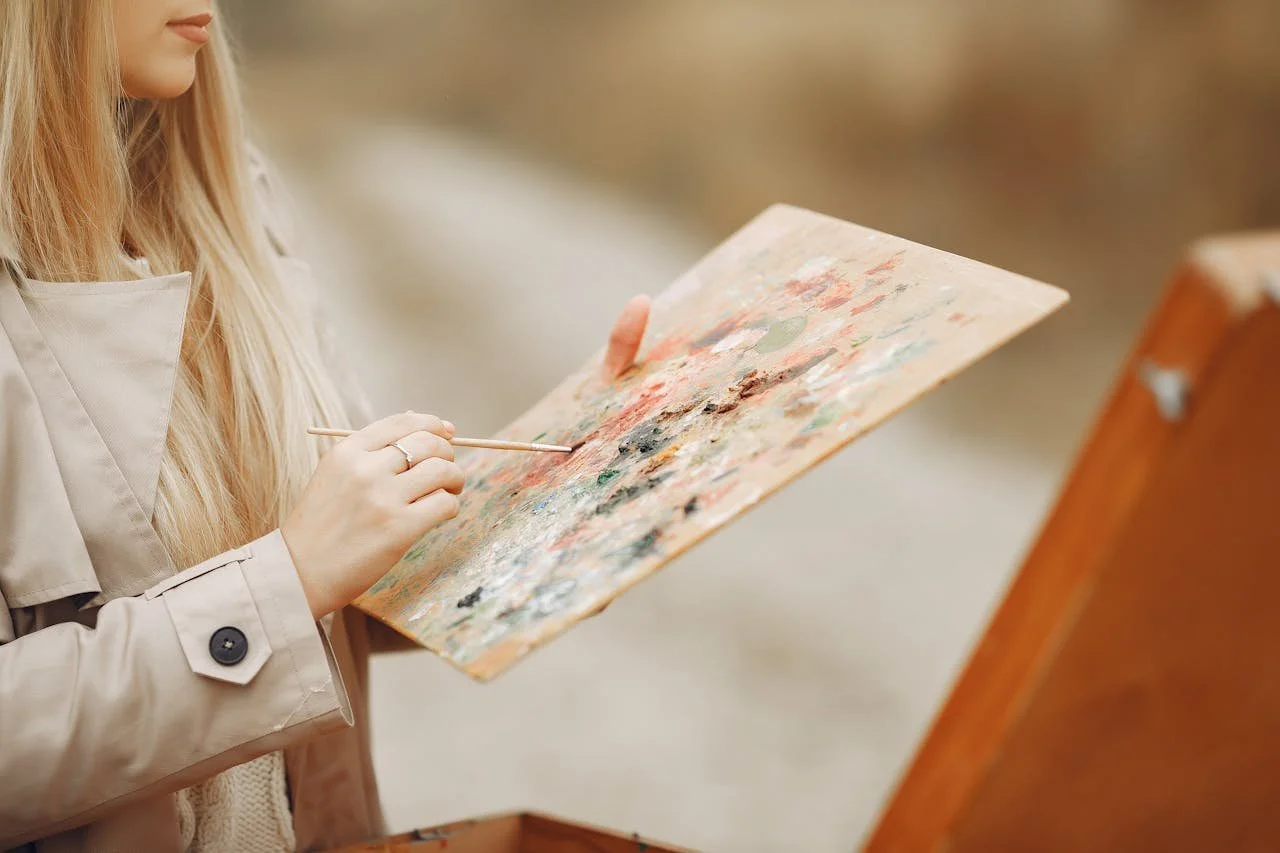Recovering from Grief with Art Therapy
Grief is one of the hardest emotions to navigate, and it can affect people in different ways. Whether you are grieving the loss of a loved one, a job, a relationship, or even a major life change, the process can be overwhelming.
Art therapy allows individuals to explore their emotions through creativity. This approach is not just for artists; it is an effective tool for anyone, regardless of their artistic experience.
What Is Art Therapy?
In art therapy, clients use creative outlets like drawing, painting, sculpting, or collage-making to express their feelings. It allows individuals to visually represent their emotions and experiences, helping them process what they are going through. The act of creating can help reduce the intensity of painful emotions and provide a safe space for self-expression.
This kind of therapy is not about creating a masterpiece. It is about the process, not the product. The goal is to help you express feelings that may be too difficult to put into words. Art therapy offers another avenue to explore these deep emotions.
How Art Therapy Helps with Grief
Art is powerful, and using it to process grief can yield inspiring results. Below are some of the ways this type of therapy can help clients navigate grief.
Non-Verbal Expression
Grief often involves feelings that are hard to put into words. Sometimes, you may not even fully understand what you are feeling. Art provides a way to express these emotions visually. This non-verbal process can be especially helpful for individuals who have trouble talking about their grief.
Emotional Release
The process of creating something can release pent-up emotions. Grief can bring up feelings of anger, sadness, confusion, or even guilt. Art therapy provides a way to externalize these feelings, giving them a form outside of yourself. This emotional release can help alleviate some of the weight that comes with grief.
Building Insight
Art therapy can help you gain new insights into your grief. As you create, you may start to notice patterns, symbols, or colors that represent different aspects of your grief, providing clues about what you need to process. The therapist can guide you in interpreting your art and understanding what it reveals about your emotional state.
Creating a Legacy
In the case of grief over the loss of a loved one, art therapy can be a way to create a lasting tribute to that person. Making art that honors their memory can provide comfort and a sense of connection. This process helps create a physical reminder of the loved one that you can keep as part of your healing journey.
Trying Art Therapy on Your Own
If you are interested in trying art therapy, here are some simple steps to get started:
Choose Your Medium: Pick an art form that feels comfortable to you. It could be drawing, painting, coloring, or even crafting. The medium does not matter as much as your willingness to express yourself.
Start Simple: Begin by drawing or painting something that represents how you feel. It could be a color or shape that you feel drawn to. Let your emotions guide you as you work.
Reflect: After you finish creating, take a moment to reflect on what you made. What emotions or memories came up during the process? You might want to write about it or share your experience with a therapist for further exploration.
Encourage Yourself: There is no right or wrong way to do this. Art therapy is about expressing your emotions, not about making something beautiful. Allow the process to unfold naturally.
Recover with Art
Art therapy is a powerful tool. It helps people express feelings they may not be able to say out loud, provides an emotional release, and encourages emotional insight. If grief feels overwhelming, try working with a therapist trained in art therapy as a way to give yourself the space to grieve in your own way.

